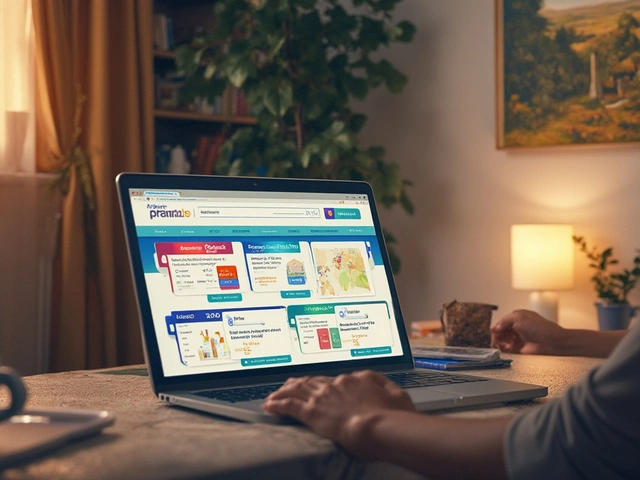Celebrex (celecoxib): what it treats and how to use it
Celebrex is a prescription NSAID sold under the brand name Celebrex (active ingredient celecoxib). People commonly use it for osteoarthritis, rheumatoid arthritis, ankylosing spondylitis and short-term relief of acute pain. It works by blocking an enzyme that causes inflammation and pain.
If you’ve been prescribed Celebrex, follow your doctor’s directions. Typical adult doses usually fall in the 100–200 mg range once or twice daily, depending on the condition. Don’t change the dose or stop suddenly without checking with your provider.
Quick, practical safety points
Celebrex can upset your stomach and increase bleeding risk. It also raises the chance of heart attack or stroke, especially with long-term use or at higher doses. If you have heart disease, high blood pressure, a history of ulcers, liver or kidney problems, tell your doctor before starting it.
Avoid taking Celebrex with other NSAIDs like ibuprofen or naproxen. Combining NSAIDs increases the risk of stomach bleeding and kidney harm. If you take a blood thinner (for example warfarin), Celebrex can raise bleeding risk — your doctor may monitor you more closely.
Pregnant? Don’t take Celebrex in the third trimester. It can harm the baby’s heart and lungs. If you’re breastfeeding or planning pregnancy, talk to your clinician.
How to take it and what to watch for
Take Celebrex with food or milk to lower stomach upset. If you feel dizzy or sleepy, avoid driving or heavy machinery until you know how it affects you. Drink less alcohol while using it — alcohol raises the chance of stomach bleeding.
Watch for warning signs: sharp stomach pain, black or bloody stools, unexplained bruising, sudden chest pain, shortness of breath, weakness on one side, slurred speech, yellowing of the skin, or a big drop in urine output. If any of these happen, seek medical help right away.
For long-term use, your doctor might check kidney and liver function and monitor blood pressure. Use the lowest effective dose for the shortest time that controls symptoms. That reduces risk while keeping benefits.
Got allergies to sulfa drugs? Celecoxib is a sulfonamide derivative, so mention any sulfa reactions to your provider. If you’re on multiple medications, bring a full list to your appointment so interactions can be reviewed.
Finally, if pain keeps you from daily life despite Celebrex, talk to your doctor. There are other options — different NSAIDs, topical treatments, injections, and non-drug choices like physical therapy. Your care should fit your goals and health risks.
If you have questions about dosing, side effects, or interactions, ask your pharmacist or prescriber. It’s ok to double-check — safer use starts with clear info.

Curious about Celebrex? This article breaks down what Celebrex is, how it works, and why doctors prescribe it for pain relief. Learn about real-life benefits, side effects you shouldn't ignore, and tips for safe use. You'll also find stats, advice, and answers to questions people are actually asking about this popular arthritis medication. All explained in everyday language.
Continue Reading





